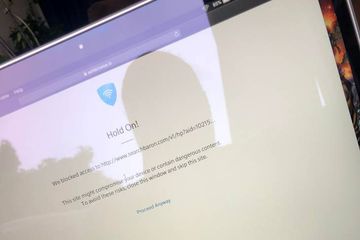Find out how to get around the safebrowse.io browser redirect issue on Mac and what unsettling implications it may have in terms of security and privacy.
While being arguably the most significant technological breakthrough of all time, the World Wide Web is also a cradle for countless online scams and malicious applications. Vigilance alone may not suffice to avoid these perils, with cybercrime campaigns becoming more complex and elusive at a tremendous rate. Phishing sites can look just like legitimate sign-in pages, and viruses can mimic popular utilities too skillfully to be identified with the naked eye. Instead of going through trial and error, it’s best to outsource a part of security to ad hoc software and services. In fact, modern web browsers come with fundamental protection features that fend off common forms of harmful code and frauds. The same goes for ISPs. The caveat, though, is that false positives can become a fly in the ointment down the road. For instance, numerous Mac users are reporting alerts from safebrowse.io site accompanying attempts to access known-trustworthy web resources.
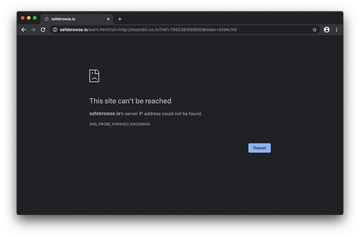
It should be noted from the get-go that safebrowse.io is an authentic service that stands sentinel over users’ security by blocking access to potentially dangerous sites. The issue of error screens appearing instead of intended web pages is being predominantly reported by customers of Xfinity, a major U.S. telecommunication services provider operated by Comcast. Moreover, the blacklisting functionality that involves safebrowse.io redirects is a central element of Xfinity xFi Advanced Security, a feature that helps users steer clear of suspicious and clearly detrimental sites. It is additionally tasked with safeguarding smart devices in a home automation system against remote exploitation. Sounds great, but there is something about this protection layer that makes numerous users frown: it often raises red flags on absolutely harmless pages.
Safebrowse.io may re-infect your Mac multiple times unless you delete all of its fragments, including hidden ones. Therefore, it is recommended to download Combo Cleaner and scan your system for these stubborn files. This way, you may reduce the cleanup time from hours to minutes.
Download Now Learn how Combo Cleaner works. If the utility spots malicious code, you will need to buy a license to get rid of it.The threat detection algorithms underlying the service may set off alarm bells when a user is trying to routinely visit popular cryptocurrency exchanges or download arbitrary software they purchased. The URL of the alert page starts with safebrowse.io/warn.html and is appended with the address of the site the person was originally trying to access but failed. In many cases, the following message is displayed:
“Hold On! We blocked access to [domain name] This site might compromise your device or contain dangerous content. To avoid these risks, close this window and skip this site.”
There is a clickable element that says “Proceed Anyway” at the bottom of that page. The problem is that it doesn’t dismiss the alert no matter how many times the frustrated user hits it. Sometimes the page says, “This site can’t be reached” and additionally mentions that the server’s IP address could not be found. In response to a surge in negative customer feedback, Xfinity recommends turning off the overreacting feature if it’s causing problems. To do it, a user needs to sign in to their account, head to a section called “My Services”, and slide the xFi Advanced Security status toggle to the “Disable” position. When done, it’s preferable to wait for about 10 minutes and then check if the previously blocked website is now available.
One more shade of the safebrowse.io issue is in a black hat area. Chances are that malicious code that’s already running on a Mac may tamper with the DNS server settings in order to spoof this URL. As a result, the redirect will look like the ISP’s attempt to protect the user, when it’s actually a malware attack in disguise. If this mimicking trick kicks in, the above-mentioned “Proceed Anyway” button can lead to a virus payload or forward the user to a phishing site that will try to obtain sensitive information while impersonating a trusted organization. Unfortunately, it may be difficult to tell the real blacklisting scenario from the malware-borne predicament. If in doubt, users should ascertain that the warning doesn’t stem from harmful software.
Safebrowse.io virus manual removal for Mac
The steps listed below will walk you through the removal of this malicious application. Be sure to follow the instructions in the specified order.
Expand the Go menu in your Mac’s Finder bar and select Utilities as shown below.
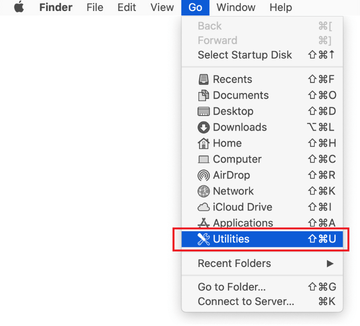
Locate the Activity Monitor icon on the Utilities screen and double-click on it.
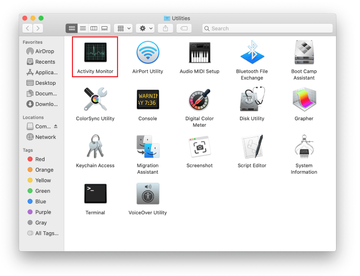
In the Activity Monitor app, look for a process that appears suspicious. To narrow down your search, focus on unfamiliar resource-intensive entries on the list. Keep in mind that its name isn’t necessarily related to the way the threat is manifesting itself, so you’ll need to trust your own judgement. If you pinpoint the culprit, select it and click on the Stop icon in the upper left-hand corner of the screen.
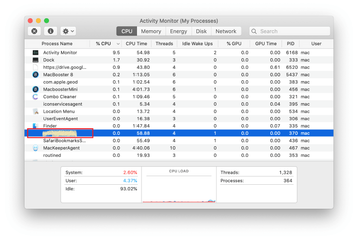
When a follow-up dialog pops up asking if you are sure you want to quit the troublemaking process, select the Force Quit option.
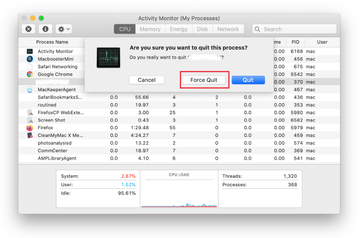
Click on the Go menu icon in the Finder again and select Go to Folder. You can as well use the Command-Shift-G keyboard shortcut.

Type /Library/LaunchAgents in the folder search dialog and click on the Go button.
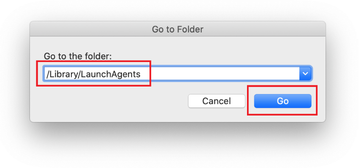
Examine the contents of the LaunchAgents folder for dubious-looking items. Be advised that the names of files spawned by malware may give no clear clues that they are malicious, so you should look for recently added entities that appear to deviate from the norm.
As an illustration, here are several examples of LaunchAgents related to mainstream Mac infections: com.pcv.hlpramc.plist, com.updater.mcy.plist, com.avickUpd.plist, and com.msp.agent.plist. If you spot files that don’t belong on the list, go ahead and drag them to the Trash.
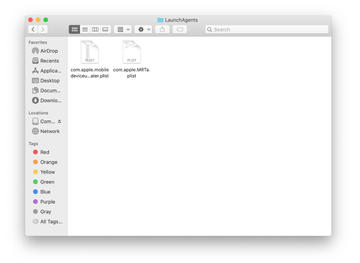
Use the Go to Folder lookup feature again to navigate to the folder named ~/Library/Application Support (note the tilde symbol prepended to the path).
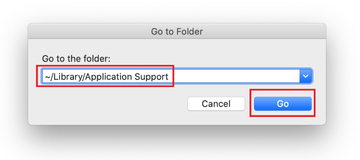
When the Application Support directory is opened, identify recently generated suspicious folders in it and send them to the Trash. A quick tip is to look for items whose names have nothing to do with Apple products or apps you knowingly installed. A few examples of known-malicious folder names are Quick Mac Booster, IdeaShared, and ProgressMatch.
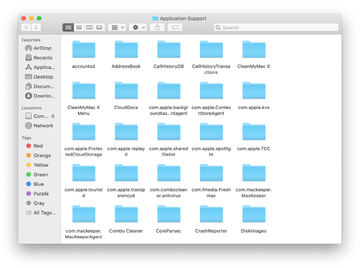
Enter ~/Library/LaunchAgents string (don’t forget to include the tilde character) in the Go to Folder search area.
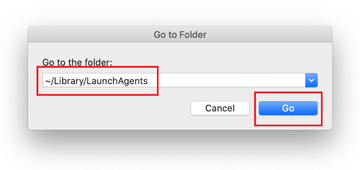
The system will display LaunchAgents residing in the current user’s Home directory. Look for dodgy items related to [VIRUSNAME] virus (see logic highlighted in subsections above) and drag the suspects to the Trash.
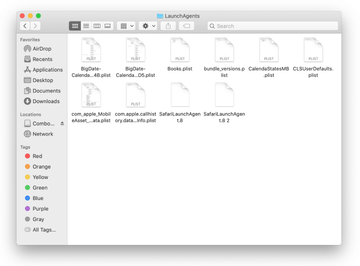
Type /Library/LaunchDaemons in the Go to Folder search field.
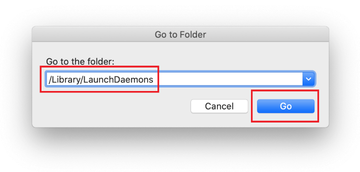
In the LaunchDaemons path, try to pinpoint the files the malware is using for persistence. Several examples of such items cropped by Mac infections are com.pplauncher.plist, com.startup.plist, and com.ExpertModuleSearchDaemon.plist. Delete the sketchy files immediately.
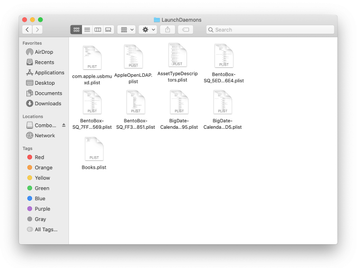
Click on the Go menu icon in your Mac’s Finder and select Applications on the list.

Find the entry for an app that clearly doesn’t belong there and move it to the Trash. If this action requires your admin password for confirmation, go ahead and enter it.
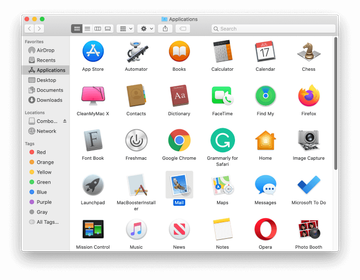
Expand the Apple menu and select System Preferences.
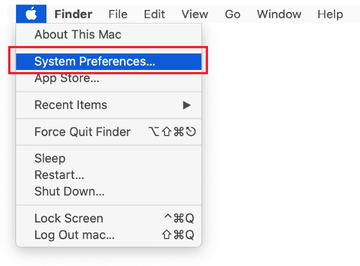
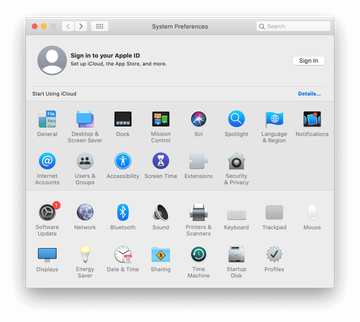
Proceed to Users & Groups and click on the Login Items tab.
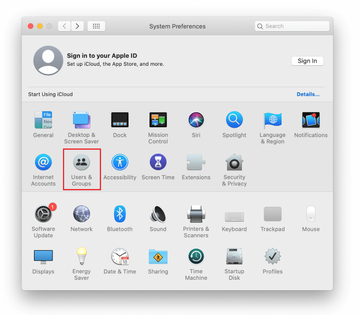
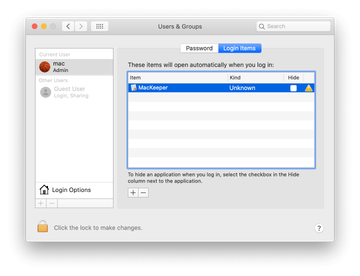
Now select Profiles under System Preferences. Look for a malicious item in the left-hand sidebar. Several examples of configuration profiles created by Mac adware include TechSignalSearch, MainSearchPlatform, AdminPrefs, and Chrome Settings. Select the offending entity and click on the minus sign at the bottom to eliminate it.
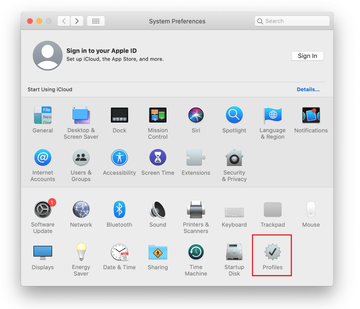
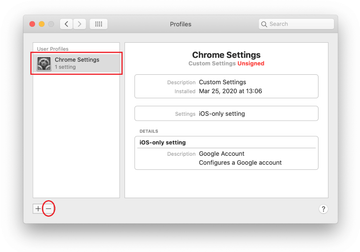
Get rid of safebrowse.io redirects in web browser on Mac
To begin with, the web browser settings taken over by safebrowse.io should be restored to their default values. Although this will clear most of your customizations, web surfing history, and all temporary data stored by websites, the malicious interference should be terminated likewise. The overview of the steps for completing this procedure is as follows:
- Remove safebrowse.io virus in Safari
- Open the browser and go to Safari menu. Select Preferences in the drop-down list
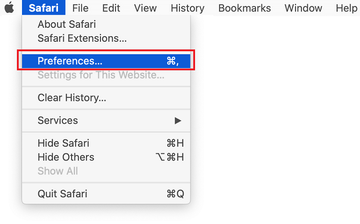
- Once the Preferences screen appears, click on the Advanced tab and enable the option saying “Show Develop menu in menu bar”.
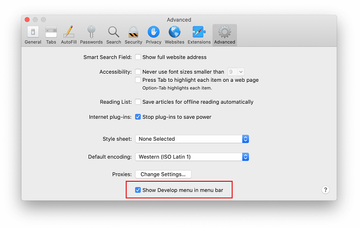
- Now that the Develop entry has been added to the Safari menu, expand it and click on Empty Caches.
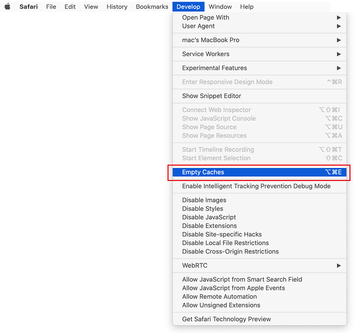
- Now select History in the Safari menu and click on Clear History in the drop-down list.
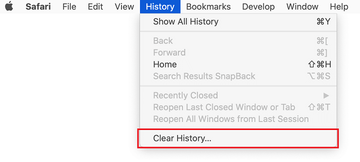
- Safari will display a dialog asking you to specify the period of time this action will apply to. Select all history to ensure a maximum effect. Click on the Clear History button to confirm and exit.

- Go back to the Safari Preferences and hit the Privacy tab at the top. Find the option that says Manage Website Data and click on it.

- The browser will display a follow-up screen listing the websites that have stored data about your Internet activities. This dialog additionally includes a brief description of what the removal does: you may be logged out of some services and encounter other changes of website behavior after the procedure. If you’re okay with that, go ahead and click on the Remove All button.
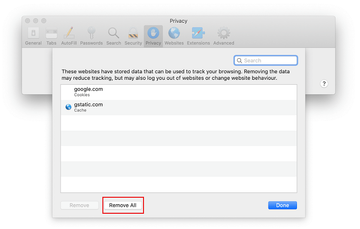
- Restart Safari
- Open the browser and go to Safari menu. Select Preferences in the drop-down list
- Get rid of safebrowse.io in Google Chrome
- Open Chrome, click the Customize and control Google Chrome (⁝) icon in the top right-hand part of the window, and select Settings in the drop-down
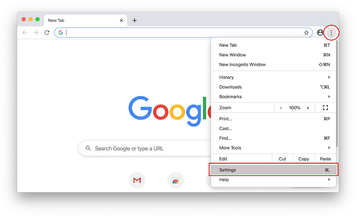
- When on the Settings pane, select Advanced
- Scroll down to the Reset settings section.
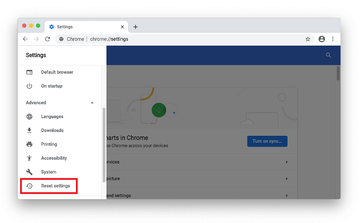
- Confirm the Chrome reset on a dialog that will pop up. When the procedure is completed, relaunch the browser and check it for malware activity.
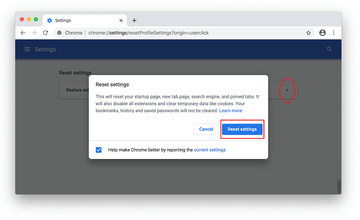
- Open Chrome, click the Customize and control Google Chrome (⁝) icon in the top right-hand part of the window, and select Settings in the drop-down
- Remove safebrowse.io from Mozilla Firefox
- Open Firefox and go to Help – Troubleshooting Information (or type about:support in the URL bar and press Enter).
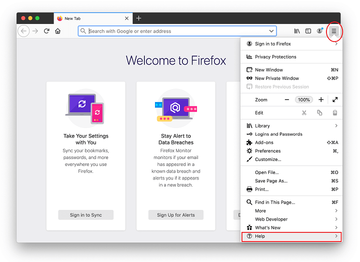

- When on the Troubleshooting Information screen, click on the Refresh Firefox button.
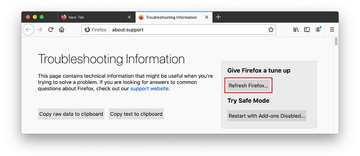
- Confirm the intended changes and restart Firefox.
- Open Firefox and go to Help – Troubleshooting Information (or type about:support in the URL bar and press Enter).
Get rid of safebrowse.io virus using Combo Cleaner removal tool
The Mac maintenance and security app called Combo Cleaner is a one-stop tool to detect and remove Safebrowse.io virus. This technique has substantial benefits over manual cleanup, because the utility gets hourly virus definition updates and can accurately spot even the newest Mac infections.
Furthermore, the automatic solution will find the core files of the malware deep down the system structure, which might otherwise be a challenge to locate. Here’s a walkthrough to sort out the Safebrowse.io issue using Combo Cleaner:
Download Combo Cleaner installer. When done, double-click the combocleaner.dmg file and follow the prompts to install the tool onto your Mac.
By downloading any applications recommended on this website you agree to our Terms and Conditions and Privacy Policy. The free scanner checks whether your Mac is infected. To get rid of malware, you need to purchase the Premium version of Combo Cleaner.
Open the app from your Launchpad and let it run an update of the malware signature database to make sure it can identify the latest threats.
Click the Start Combo Scan button to check your Mac for malicious activity as well as performance issues.
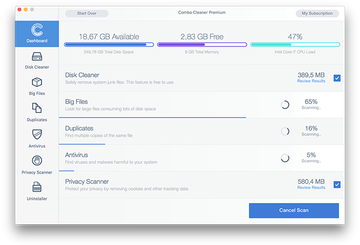
Examine the scan results. If the report says “No Threats”, then you are on the right track with the manual cleaning and can safely proceed to tidy up the web browser that may continue to act up due to the after-effects of the malware attack (see instructions above).
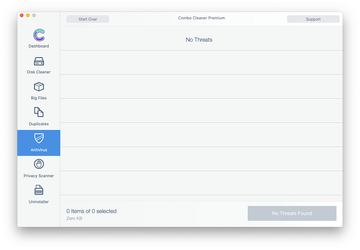
In case Combo Cleaner has detected malicious code, click the Remove Selected Items button and have the utility remove Safebrowse.io threat along with any other viruses, PUPs (potentially unwanted programs), or junk files that don’t belong on your Mac.
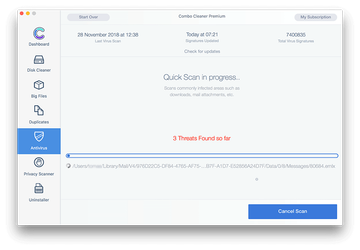
Once you have made doubly sure that the malicious app is uninstalled, the browser-level troubleshooting might still be on your to-do list. If your preferred browser is affected, resort to the previous section of this tutorial to revert to hassle-free web surfing.
